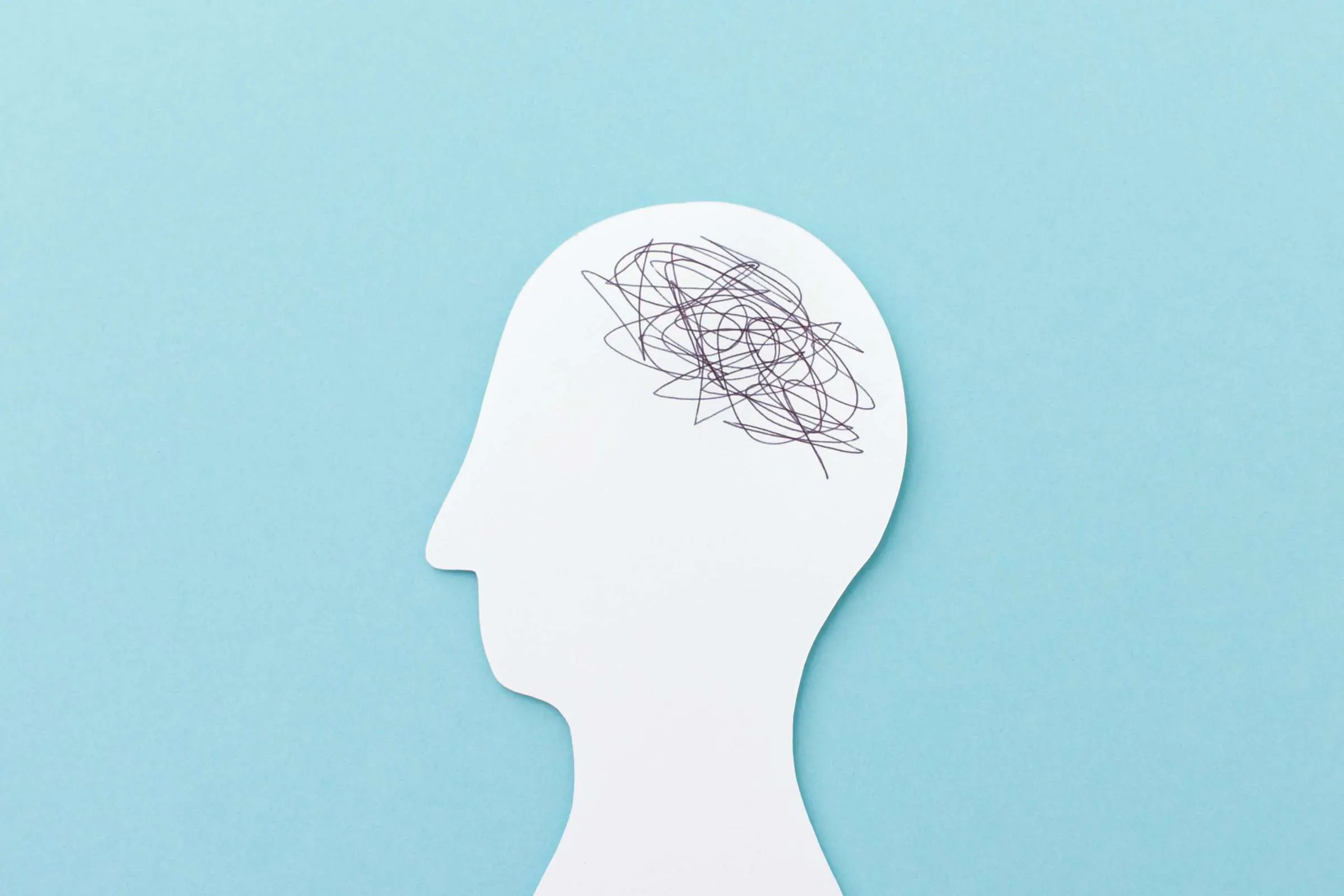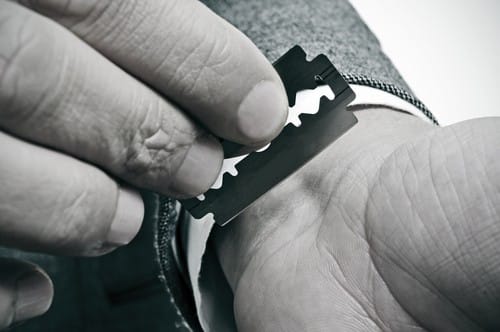Everyone can have a bad day. Most people can recognize times when they were not acting like their best self, and when they have responded poorly to a situation or caused distress for others around them. It is part of human nature to lose our cool every once in awhile. When the inability to control ourselves becomes a pattern, however, we may be suffering from a clinically diagnosable problem.
The guiding document for clinicians is the Diagnostic and Statistical Manual of Mental Disorders (DSM). This book is published by leading experts in the field of psychology, and instructs clinicians in determining accurate diagnoses for those suffering from mental health problems. The most recent version – the DSM V – includes a new grouping of disorders. This category includes descriptions of behaviors which qualify a person for a diagnosis of an impulse control disorder (ICD).
Recognizing an Impulse Control Disorder (ICD)
The hallmark of an impulse control disorder (ICD) is the inability of a person to resist the urge to act out in ways which cause stress and harm for both the individual, and for those around. A person with an ICD experiences a compulsion toward behaving in a certain way. He or she will feel unable to stop the behavior, and may experience intense anxiety if the actions aren’t able to be carried out. Typical antecedents to impulsive behavior include situations which are tense or stressful.
Before engaging in the behavior, a person with ICD will typically be experiencing unpleasant feelings. The behaviors which follow the negative emotional experience will provide the person with a sense of temporary relief. Acting out on a compulsion brings a person excitement, pleasure, or a peaceful feeling. Sometimes, a feeling of euphoria will persist for a period of time following the behavior, similarly to how a drug high operates. Following these good feelings which arise from engaging in destructive actions, a person suffering from ICD may feel:
-
- Exhausted
- Guilty
- Depressed
- Remorseful
Depending on the results of the event, there may also be dire consequences involved, such as school expulsions or legal ramifications. In order to qualify for a diagnosis of ICD, these patterns of behavior need to manifest without the influence of a chemical substance, and without the presence of other diagnosable conditions which can account for the inability to control negative behavior. Cognitive and emotional problems to rule out before providing a diagnosis of an ICD include:
-
- Mood disorders
- Attention disorders
- Intellectual disabilities
Types of Impulse Control Disorders
Because of the varying factors which can contribute to a person acting impulsively, diagnoses of impulse control disorders are often delayed until the point that a clinician is able to effectively eliminate other emotional, situational, or cognitive diagnoses. ICD diagnoses are made on the basis of observed behaviors, and are most often treated through the use of behavior-oriented approaches. This is in contrast to the typical treatments for mood disorders, which tend to focus on thought restructuring and medication intervention. The following are descriptions of the most common types of impulse control disorders:
Intermittent Explosive Disorder (IED)
In order to qualify for a diagnosis of IED, a child must be at least six years old. This is so that the typical toddler behaviors of testing limits and expressing displeasure through throwing temper tantrums are accounted for. After this developmental period, a diagnosis of IED can be ascribed at any age. A person with IED will display a pattern of angry and aggressive outbursts, often resulting in assault on others or destruction of property. These expressions of anger must be out of proportion to the actual circumstances, and will seem to come out of nowhere. The impulsive nature of IED means that the acts of verbal or physical aggression are not premeditated.
Oppositional Defiant Disorder (ODD)
This behavior disorder is another one that can be recognized in childhood. A child who is frequently observed as being easily angered, resentful, and argumentative with both family members and at least one person outside of the family is at risk for this diagnosis. If the child consistently disregards the rules set by authority figures, deliberately annoys other people, refuses to be accountable for his or her actions, or is vindictive, the diagnosis becomes even more likely. Parental intervention is considered highly effective for treating the symptoms of ODD.
Conduct Disorder
Conduct disorder is often viewed as a continuation of ODD, and is most often assigned during the adolescent years. In addition to the characteristics found with ODD, a person with Conduct Disorder will progress to the point of bullying and threatening others. He or she will have had a history of physically harming other people, torturing or killing animals, destroying property, or stealing. There is often little expressed guilt or remorse for these actions, and the adolescent will justify the behaviors on the basis of blaming others for his or her reactions.
After the age of 18, ICD diagnoses which have been assigned during childhood can be adjusted to reflect that of antisocial personality disorder (ASPD). Unlike with the diagnoses of ODD or Conduct Disorder, a personality disorder is considered to be a trait which defines a person’s permanent orientation to the world. A person with ASPD will consistently disregard the rights of others, will refuse to conform to societal expectations, and will lie or become aggressive in order to promote his or her own agenda.
The impulsive nature of the disorder means that the individual does not effectively plan ahead before engaging in such actions, and the characteristic of lack of remorse means that there will be little reflection on the consequences. A large portion of those diagnosed with this disorder will find themselves incarcerated. A person with this disorder will often fail to acknowledge that there is a problem, and will not actively seek treatment. As such, rehabilitation rates for ASPD tend to be low.








